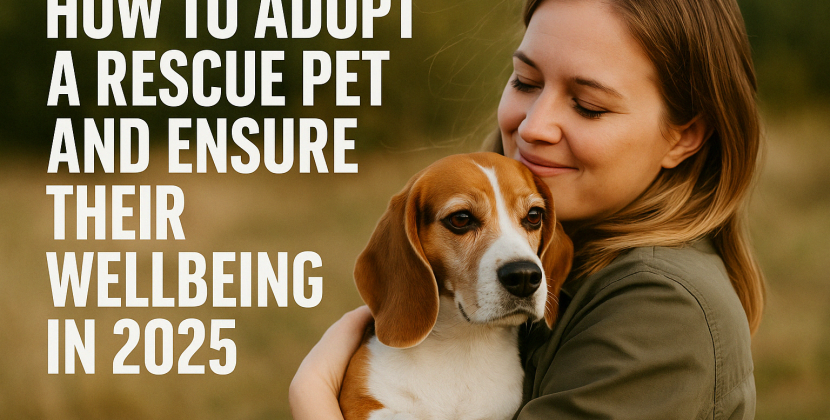
Introduction:
In an era marked by rapid urbanization and habitat loss, our natural ecosystems are under constant threat. However, there is a glimmer of hope for avian, insect, and pollinator populations—the humble garden. By transforming our own outdoor spaces into sanctuaries, we can play a vital role in supporting birds, bees, and butterflies, fostering biodiversity right at our doorstep. In this article, we will explore the essential elements and practices to create a thriving habitat for these essential creatures.
- Understanding the Needs of Birds, Bees, and Butterflies:
Birds, bees, and butterflies each have unique requirements for survival and reproduction. Understanding their needs is crucial when designing a sanctuary in your garden.
- Birds: Providing a diverse range of food sources such as seeds, berries, and insects is vital to attract and sustain bird populations. Planting native trees and shrubs that offer shelter and nesting sites will further encourage them to call your garden home.
- Bees: Creating a bee-friendly garden involves incorporating a variety of flowering plants that bloom at different times throughout the year. Bees rely on nectar and pollen as their primary food sources, so selecting plants rich in these resources will attract and support these important pollinators.
- Butterflies: To attract butterflies, it is essential to provide both nectar-rich flowers for adult butterflies and host plants for their caterpillars. Different butterfly species have specific host plant preferences, so a diverse range of plant species will increase the likelihood of attracting a variety of butterflies.
- Plant Selection and Garden Design:
Choosing the right plants and designing your garden with intention will greatly enhance its appeal to birds, bees, and butterflies. Here are some key considerations:
- Native Plants: Native plants are adapted to the local climate and provide valuable resources for native wildlife. They also require less water and maintenance compared to exotic species. Research the native plants that are suitable for your region and incorporate them into your garden.
- Flowering Variety: Select a mix of plants with different flower shapes, colors, and sizes to cater to various pollinators. Opt for long-flowering perennials and annuals to provide a continuous food supply throughout the seasons.
- Vertical Structure: Incorporate plants of varying heights, including trees, shrubs, and groundcovers. This vertical diversity will create a layered habitat, offering different niches for birds, bees, and butterflies to find shelter, nesting sites, and food sources.
- Sustainable Practices:
Maintaining a bird, bee, and butterfly sanctuary goes beyond plant selection. It also involves adopting sustainable practices to create a healthy environment:
- Avoid Pesticides: Minimize or eliminate the use of chemical pesticides in your garden, as they can harm beneficial insects and disrupt the ecological balance. Instead, employ natural pest control methods such as companion planting and biological controls.
- Water Conservation: Install birdbaths or shallow dishes with water to provide drinking and bathing spots for birds and butterflies. Additionally, consider collecting rainwater for irrigation to conserve water and create a sustainable water source.
- Create Shelter: Incorporate birdhouses, bee hotels, and butterfly shelters into your garden to provide safe havens for these creatures. These structures mimic natural habitats and offer protection from predators and extreme weather.
Conclusion:
By cultivating a sanctuary for birds, bees, and butterflies in your garden, you can make a significant positive impact on local biodiversity. Through conscious plant selection, sustainable practices, and thoughtful design, you can transform your outdoor space into a thriving ecosystem that supports these vital pollinators and helps preserve our natural world. So grab your gardening gloves and










